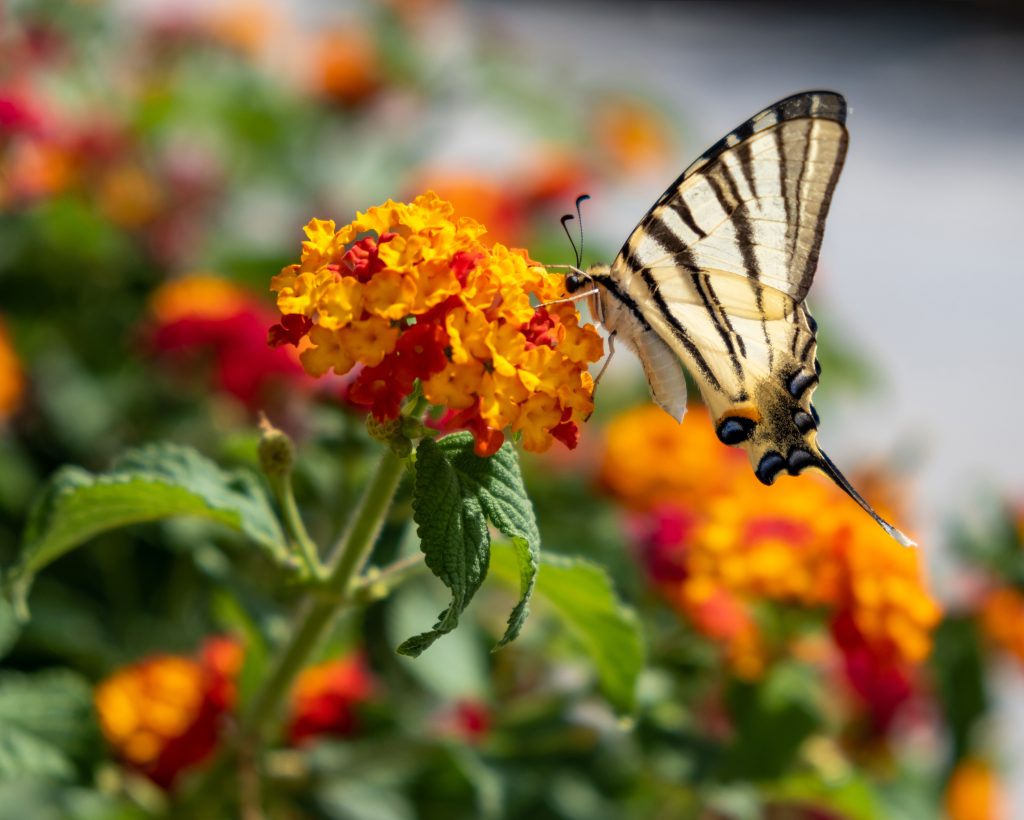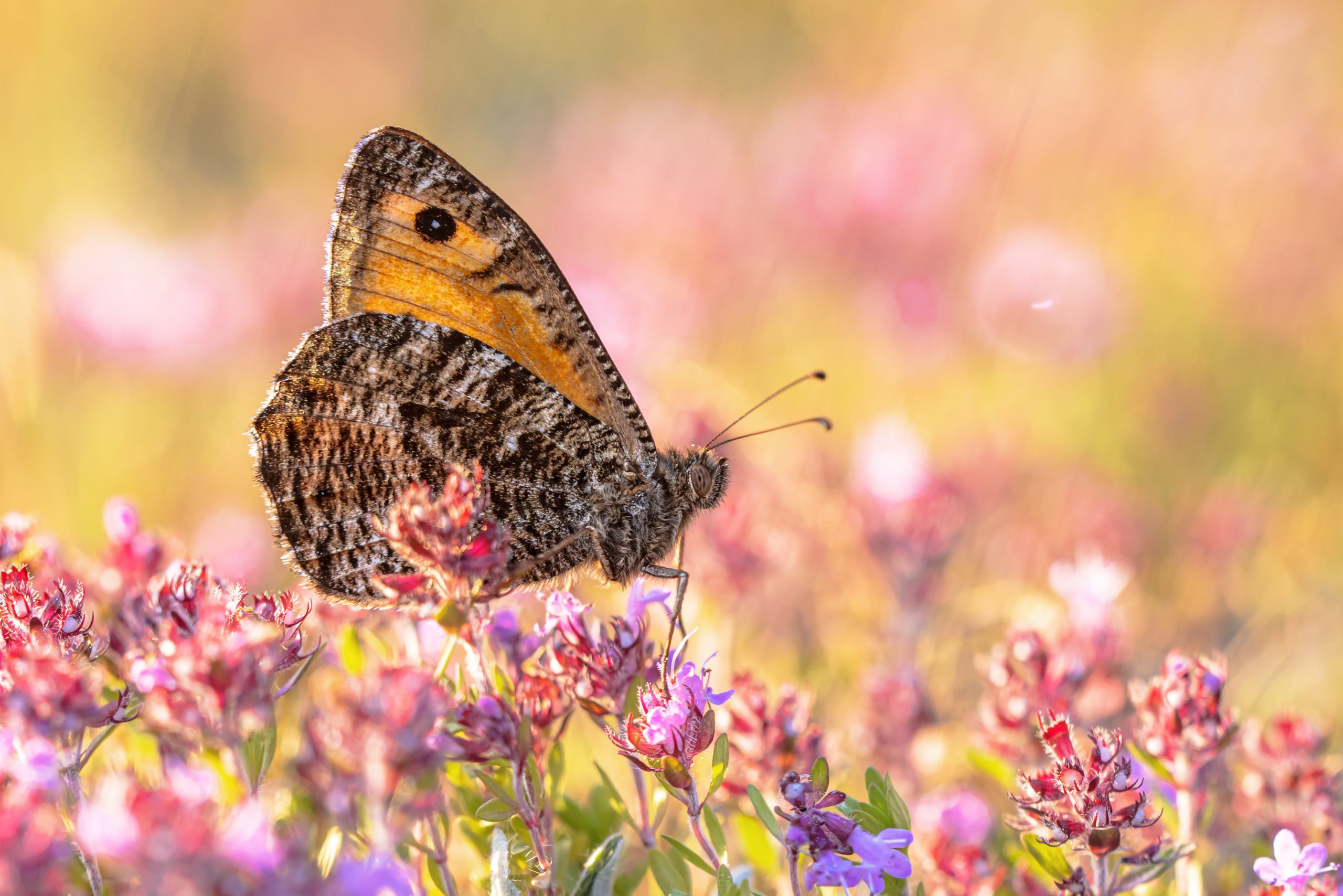
Outreach and Education
Outreach and Education
for Pollinator and
Habitat Conservation
Educating communities about the importance of pollinators and the role native plants play in sustaining them is key to affecting change. Through outreach and education, GRPHP aims to inform and inspire individuals, schools, and organizations to take action in protecting pollinators and their habitats.
Why Pollinators Matter
Pollinators such as birds, bats, bees, butterflies, and other insects are essential to the health of our ecosystems. They play a crucial role in the reproduction of flowering plants, which in turn supports biodiversity, natural habitats, and food production. Pollinators are responsible for many of the foods we enjoy. Without them foods–such as fruits, vegetables, nuts, spices, coffee, and chocolate–would become scarce.
The Benefits of
Native Plants
Native plants refer to plants that grow naturally in a particular region or ecosystem, and they are fundamental to healthy pollinator habitats. These plants have evolved and adapted to native wildlife as well as changing environmental conditions, making native plants having more nutritious nectar sources for pollinators. Incorporating and preserving native plants offers many benefits to pollinators, humans, and the ecosystems in which they thrive:
Support Biodiversity
Native plants attract a variety of pollinators and other wildlife that rely on one another to sustain the food web.
Provide Food Sources
Many native pollinators rely on native plants as their food source. These pollinators also play a critical role in maintaining our food supply.
Habitat Creation
Native plants offer essential cover and breeding sites for pollinators. Without the natural habitats that are designed to meet their unique needs, pollinators and other wildlife struggle to survive.
Natural Pest Control
Having an assortment of native plants will lure in a greater number and variety of insects, which actually serves as a natural, non-toxic deterrent to pests.
Resilient to Local Conditions
Because they are well-suited to the soil and climate where they grow, native plants are hardier and need less water. They are also more resistant to disease and pests, so they require fewer fertilizers and pesticides, making them better for the environment.
Improved Soil and Water Health
The deep root systems of native plants aid in preventing soil erosion and improving water quality.
Opportunities and Resources for the Public
There are a variety of programs and resources available to engage communities in pollinator conservation. Learn about native plant gardening, pollinator identification, and habitat creation through the workshops and programs offered in our region. You can also explore our resource library for guides, fact sheets, toolkits, and other resources to find out more information, and discover how you can make a difference in your community (or even your own backyard).

Educational Resources for Schools
GRPHP is committed to inspiring the next generation of conservationists. Peruse partner curriculum and other resource offerings designed to help educators integrate pollinator conservation into their lessons.
Engage, Educate,
and Act
Pollinator conservation and habitat restoration starts with awareness. Whether you are a teacher, student, community leader, or a concerned citizen, your efforts can make a difference. Explore our resources, participate in programs, and join us in creating a more pollinator-friendly environment.
